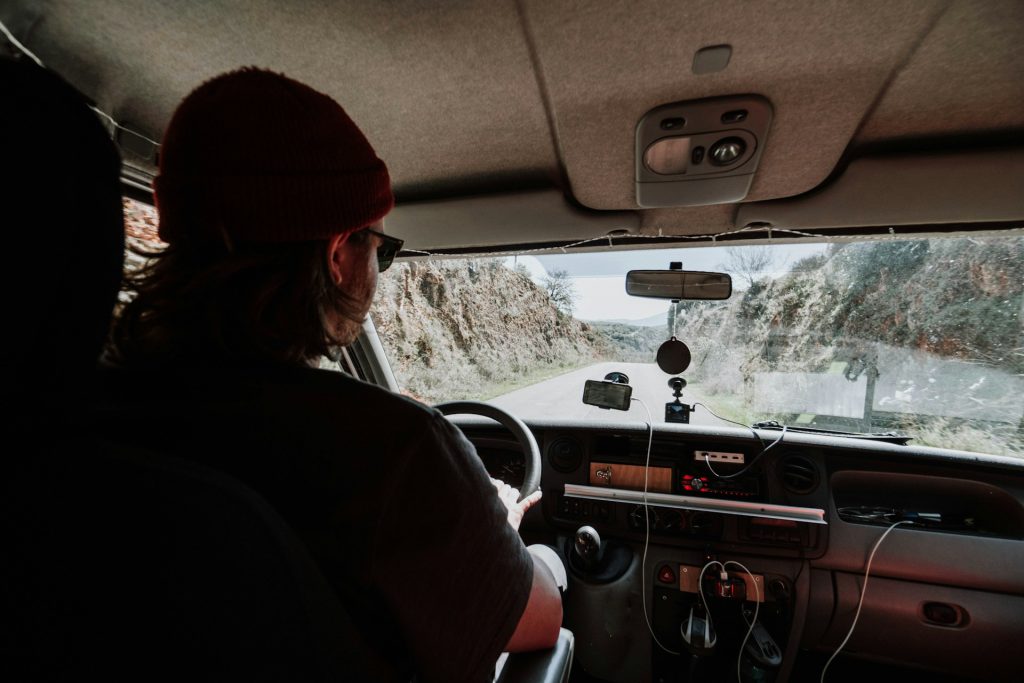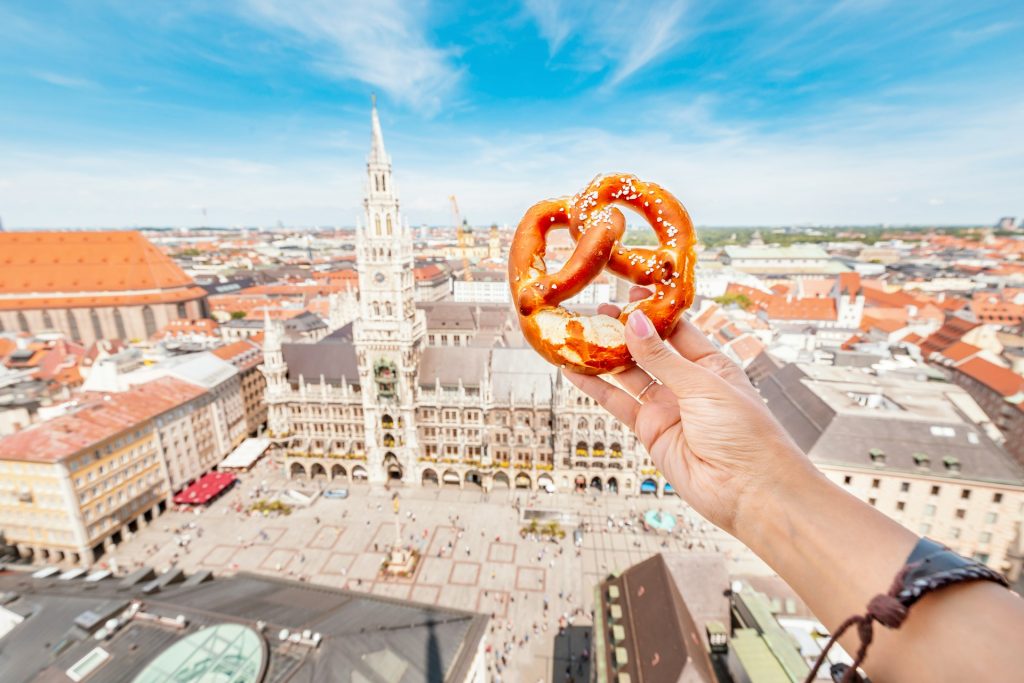Table of Contents
Europe was built for road trips. Short distances, open borders, dramatic scenery that changes by the hour; you can have breakfast in one country, lunch in another, and cross into a third before dark. It’s one of the only places in the world where multi-country road travel actually makes sense, and more importantly, doesn’t feel like a chore.
Here’s how to plan a European road trip that hits hard, stays smart, and avoids the common mistakes.
Start With Regions, Not Countries

Europe’s borders are fluid, but cultures are distinct, often more so between regions than between countries.
Build your route around natural groupings:
- The Alps Route: Switzerland, northern Italy, Austria, southern Germany, for mountains, lakes, and winding passes.
- The Mediterranean Loop: Southern France, Catalonia, the Italian Riviera, and coastal Slovenia — for beach towns, wine, and cliffside drives.
- The Central Europe Circuit: Czech Republic, Slovakia, Poland, Hungary; castles, cobblestones, and big value for budget travelers.
- The Balkan Stretch: Croatia, Bosnia, Montenegro, Albania; coastal roads, historic towns, and fewer crowds.
This keeps your trip cohesive. You’ll spend less time in transit and more time soaking up the differences that matter; language, food, rhythm, and landscape.
Choose the Right Car (and Where to Rent It)
Not all rental cars are equal, and not all pickup locations make sense.
What to know:
- Manual cars are the norm. If you need automatic, book early, and expect to pay more.
- Rent outside of major airports for better rates, but close enough that returns aren’t a hassle.
- Avoid crossing into certain non-EU countries (like Serbia or Montenegro) unless your rental contract allows it.
Pick a car that’s fuel-efficient and small enough for narrow roads, especially if you’re planning to drive in old towns or rural areas.
Understand Border Crossings (Yes, They’re Mostly Easy)

The Schengen Zone allows free movement across 27 European countries; no border checks, no stops, no paperwork. But some countries aren’t part of it, and you’ll need to plan accordingly.
Keep in mind:
- Crossing into Croatia, Romania, or Bulgaria might involve a checkpoint, even if it’s quick.
- Switzerland isn’t in the EU, and requires a vignette (toll sticker).
- Always carry your passport and rental documents. Some roads have random stops.
Insurance matters. Double-check that your car is covered across all planned countries, and don’t assume it is unless it’s clearly stated.
Plan Fewer Stops Than You Think
Europe is compact, but that doesn’t mean you should try to cram in 10 countries in two weeks. Every border brings new speed limits, signage, currencies, and driving habits.
A smart pace:
- 3–4 countries over 2–3 weeks
- Stay at least 2–3 nights per major stop
- Leave space for detours, weather shifts, or places that deserve more time
Build in a few one-night stops, but don’t chain them together. Constant packing and driving kill the rhythm of the trip.
Know the Driving Rules And the Hidden Fees
Every country has its quirks, and not knowing them can cost you.
Watch for:
- Speed cameras are everywhere, especially in France, Italy, and the Netherlands. Fines can be mailed weeks later.
- Low-emission zones (LEZ) in cities like Paris, Milan, and Barcelona; some require permits or restrict certain vehicles entirely.
- Highway tolls are common in Spain, France, Italy, and Portugal. Have a card or cash ready.
- Roundabouts are everywhere. Learn how to use them.
Parking can be brutal in historic centers. Use apps like Park4Night, EasyPark, or SpotHero EU to find safe, affordable spots.
Map Your Route But Stay Flexible

Use Google Maps, but don’t rely on it for everything. Some of Europe’s best drives aren’t the fastest ones.
Use these tricks:
- Layer your route with scenic byways like Austria’s Grossglockner High Alpine Road or France’s Route Napoléon.
- Use offline or physical maps or a dedicated GPS in rural areas with spotty signal.
- Always check local traffic rules, for example, cities like Amsterdam and Oslo have car restrictions in the center.
Let the route breathe. Add a town just because it looks good. Pull over at the overlook. That’s the point of having your own car.
Know Where to Sleep (Without Blowing Your Budget)

Europe isn’t cheap, but smart road trippers don’t need luxury hotels to sleep well.
Good options:
- Guesthouses and agriturismos in Italy and Spain — local food, private rooms, lower prices.
- Budget hotels (like B&B Hotels, Ibis, Motel One) — reliable, clean, and near highways.
- Camping (with a car, tent, or campervan) — especially popular in the Alps and Nordic countries.
Use Booking.com or Airbnb for last-minute stays, but book major stops in advance during high season (June–August).
Focus on Food, Not Restaurants

Forget fine dining every night. Europe’s road food is good if you know where to look.
Eat well for less:
- Autogrills (Italy): shockingly solid espresso, panini, and pasta.
- Service plazas in France: cheese counters, fresh baguettes, and local wine by the bottle.
- Roadside gas stations in Slovenia or Croatia: hot snacks, fresh burek, and strong coffee.
Buy groceries and picnic. European supermarkets are stacked with local specialties, and a sunset roadside meal can beat any white-tablecloth dinner.
Don’t Skip the Small Towns
Major cities are worth seeing, but they come with traffic, cost, and parking headaches.
Instead:
- Stop in Alsace villages in France, mountain hamlets in Switzerland, or historic towns in Portugal’s interior.
- Use cities as hubs, but base yourself just outside for better prices, easier driving, and calmer nights.
- Always ask locals for side trips like vineyard roads, waterfalls, and open-air markets.
The charm of a European road trip isn’t in the capital cities. It’s in the in-between.

I’m Garrett, a seasoned photojournalist with a passion for uncovering the world’s hidden treasures. My journey is fueled by a deep curiosity for diverse cultures and breathtaking landscapes. When I’m not behind the lens capturing the world’s wonders, you can find me exploring underwater realms or sharing my passion for discovery with my two adventurous children.




